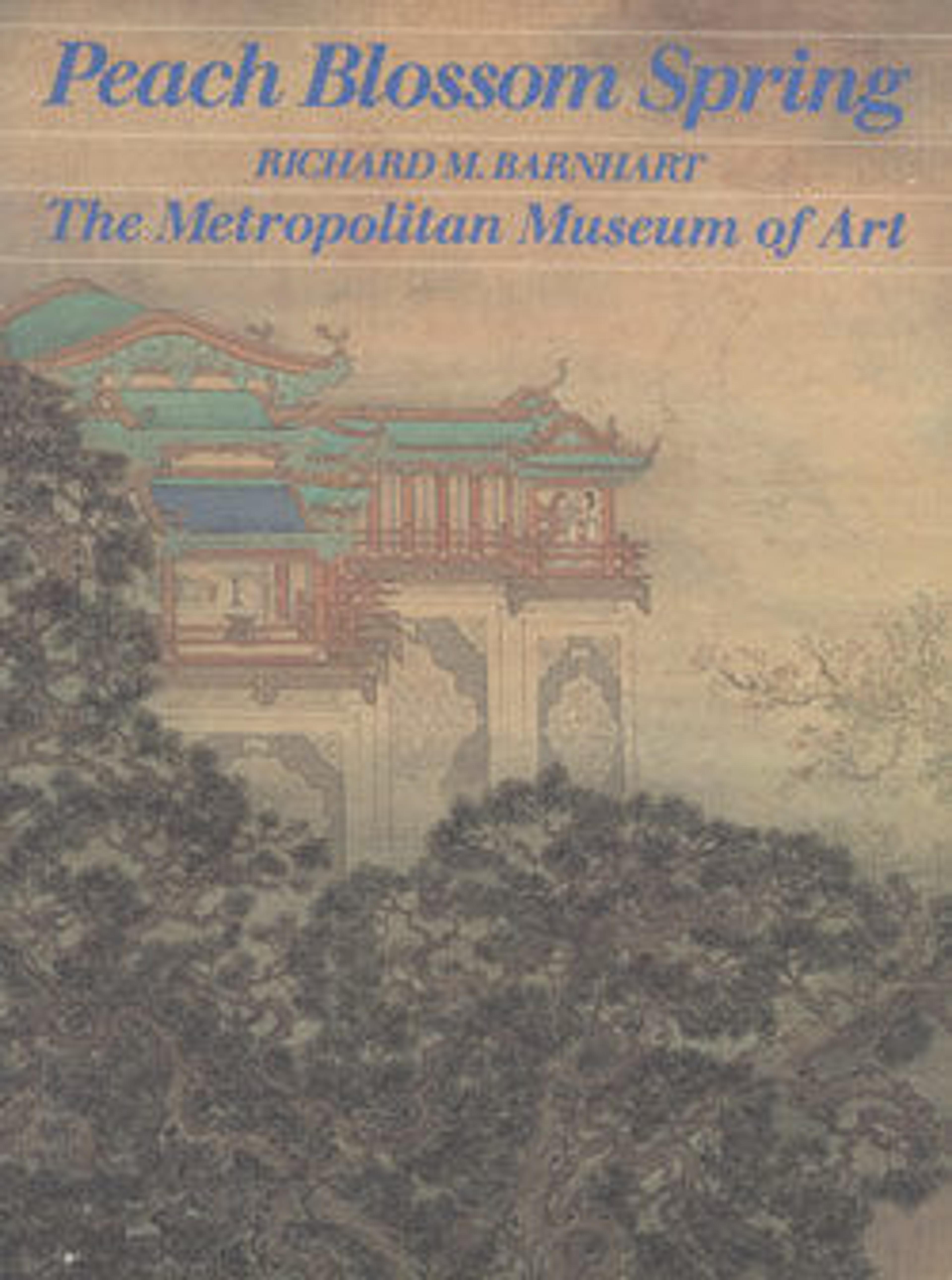Drinking in the Bamboo Garden on the Lantern Festival
Painted at the end of Luo Ping's first Beijing sojourn, this depiction of a gathering beneath a lantern to celebrate the first full moon of the year commemorates a moment of social interaction between the artist and his patron-friends. The "Bamboo Garden" mentioned in Luo's inscription may refer to the famous Yangzhou property he had visited with his mentor, Jin Nong (1687–1763). The scene represents a nostalgic evocation of the southern metropolis—a vision his Beijing patrons would have found appealing.
The clearly articulated composition and painterly effects, indicative of Luo's gradual departure from Jin Nong's artistic legacy, are characteristic of his mid-career.
The clearly articulated composition and painterly effects, indicative of Luo's gradual departure from Jin Nong's artistic legacy, are characteristic of his mid-career.
Artwork Details
- 清 羅聘 篠園飲酒圖 軸
- Title: Drinking in the Bamboo Garden on the Lantern Festival
- Artist: Luo Ping (Chinese, 1733–1799)
- Period: Qing dynasty (1644–1911)
- Date: 1773
- Culture: China
- Medium: Hanging scroll; ink and color on paper
- Dimensions: Image: 31 1/2 x 21 1/2 in. (80 x 54.6 cm)
Overall with mounting: 116 x 27 7/16 in. (294.6 x 69.7 cm)
Overall with knobs: 116 x 32 5/8 in. (294.6 x 82.9 cm) - Classification: Paintings
- Credit Line: John Stewart Kennedy Fund, 1913
- Object Number: 13.220.34
- Curatorial Department: Asian Art
More Artwork
Research Resources
The Met provides unparalleled resources for research and welcomes an international community of students and scholars. The Met's Open Access API is where creators and researchers can connect to the The Met collection. Open Access data and public domain images are available for unrestricted commercial and noncommercial use without permission or fee.
To request images under copyright and other restrictions, please use this Image Request form.
Feedback
We continue to research and examine historical and cultural context for objects in The Met collection. If you have comments or questions about this object record, please complete and submit this form. The Museum looks forward to receiving your comments.
